Thread Specifications and Standards
Firstly, let's take a look at the common thread specifications and standards in pressure transmitters.
Common thread specifications are divided into ordinary metric M threads and pipe threads; pipe threads can be divided into 60° and 55° according to the tooth profile angle.
· G thread has no sealing ability and is often used for connections in pipelines that do not need to be sealed, such as electrical wires and tubes. NPT thread and R thread have their own sealing ability. When M thread and G thread need to be used for sealing occasions, sealing gasket or o-ring is needed.
The common sealing methods include end face seal and waterline seal.
· End face seal refers to the selection of rectangular sealing ring (ED ring) or O-ring, sealing at the thread root or thread contact surface, suitable for low sealing pressure (P≤35MPa when O-ring is selected, P≤ 60MPa when ED ring is selected);
· Waterline sealing refers to the opening of a waterline groove on the front end of the thread, which is sealed with a copper gasket or a PTFE gasket and has a wide range of applications.
Materials
Secondly, for different application media, the materials of diaphragm and process connection ports also have different choices.
Common pressure transmitter diaphragm materials include SS316L, Ti, tantalum, gold-plated, etc. Each material corresponds to the applicable medium Classification, economy
The following is a detailed classification of the applicable media for common materials:
· SS316L: SS316L is the most widely used diaphragm material. It has high economic benefits. SS316L is suitable for measuring the following media: normal temperature nitric acid, alkaline media, sulfur dioxide and hydrogen sulfide with a concentration of 10% and a concentration of ≤68%.
· Titanium alloy: strong corrosion resistance; titanium will quickly form a thin and dense titanium oxide film on the surface in the air below 550 ℃, so it is resistant to corrosion in the atmosphere, sea water, nitric acid, sulfuric acid and other oxidizing media and strong alkalis performance is better than most stainless steel, but its cost is higher than that of SS316L.
· Hastelloy C276: Suitable for phosphoric acid at room temperature and organic acids except HF acid. Hastelloy C276 is unsuitable for alkaline media and high concentrations of sulfate and nitrate. The price of Hastelloy C276 is higher than that of titanium alloy.
· Tantalum: Except hydrofluoric acid and strong alkali, other media can measure. The disadvantage is the high price.
So much for today, while if you have certain knowledge on how to choose a pressure transmitter and want to know more professional knowledge, welcome to discuss more and deeper!
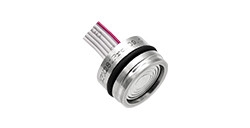
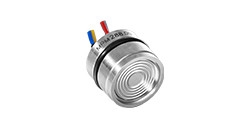
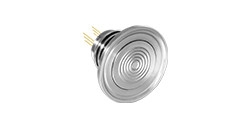
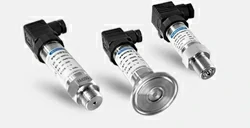
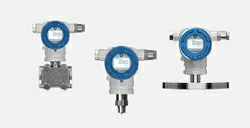
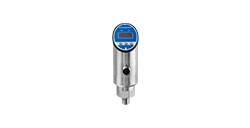
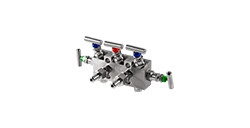
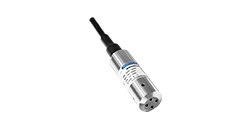
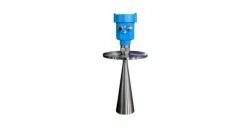
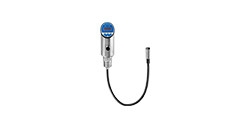
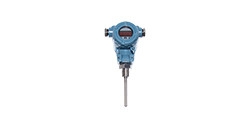
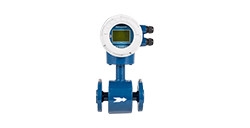
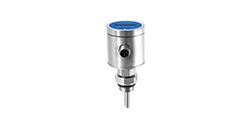
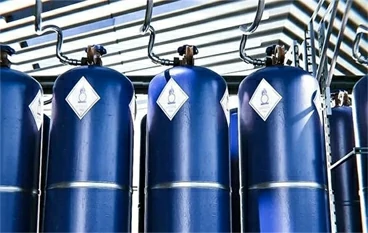
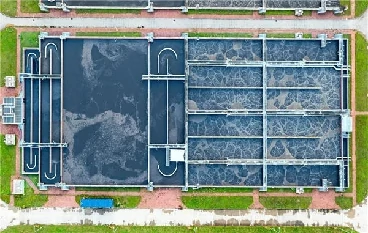
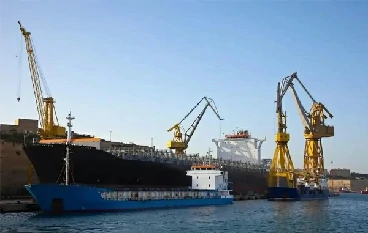
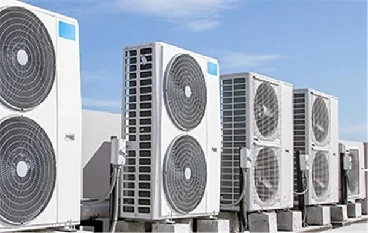
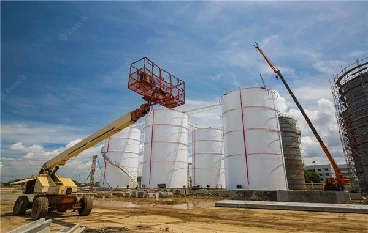

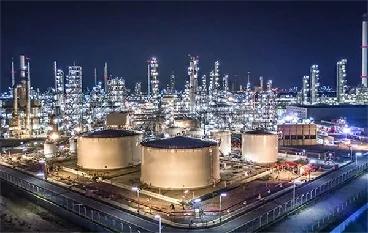
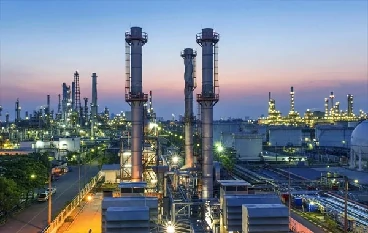

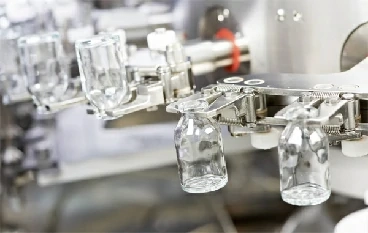
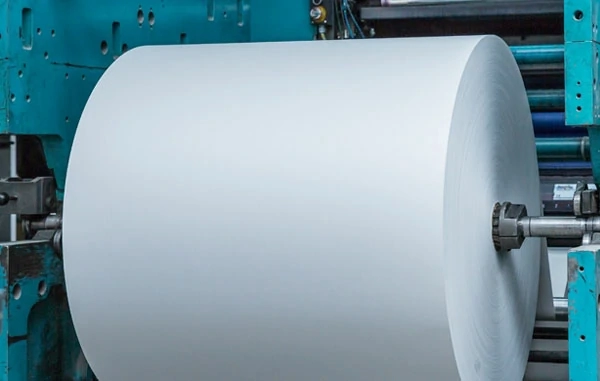
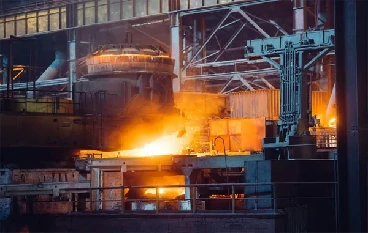
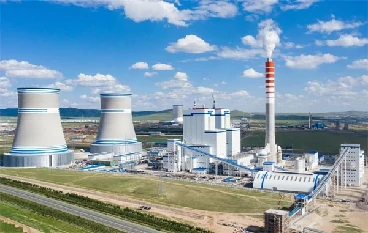
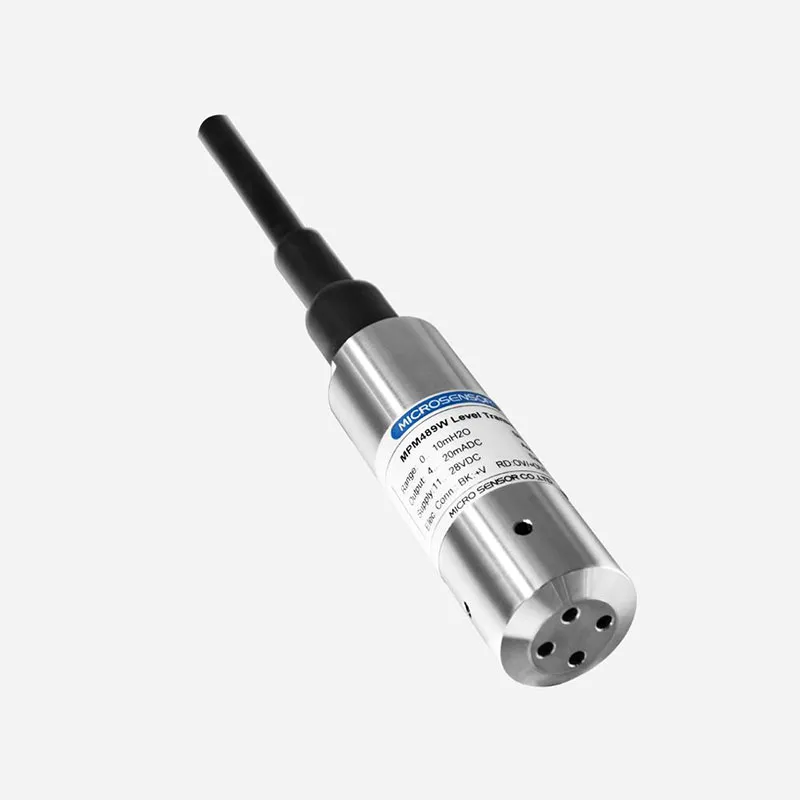
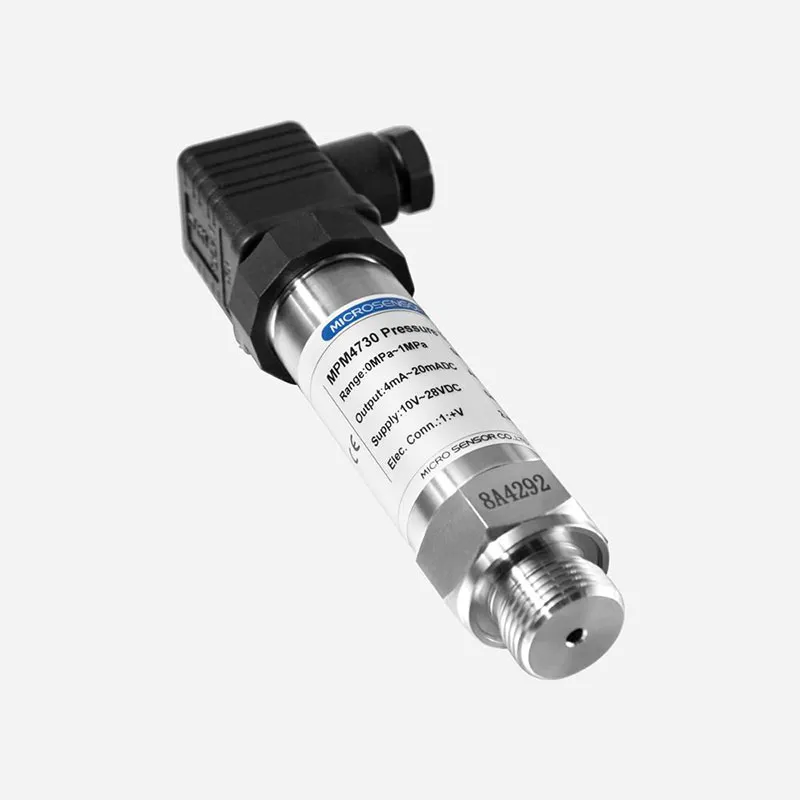
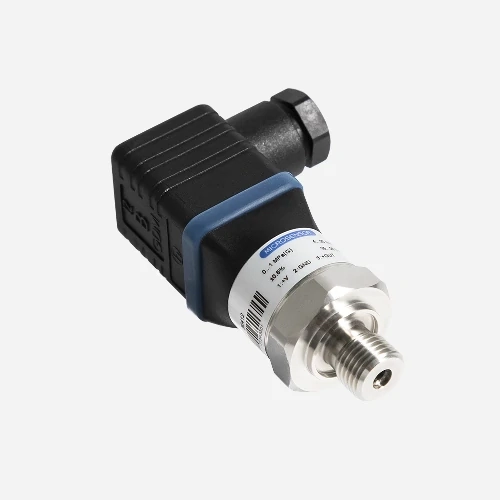
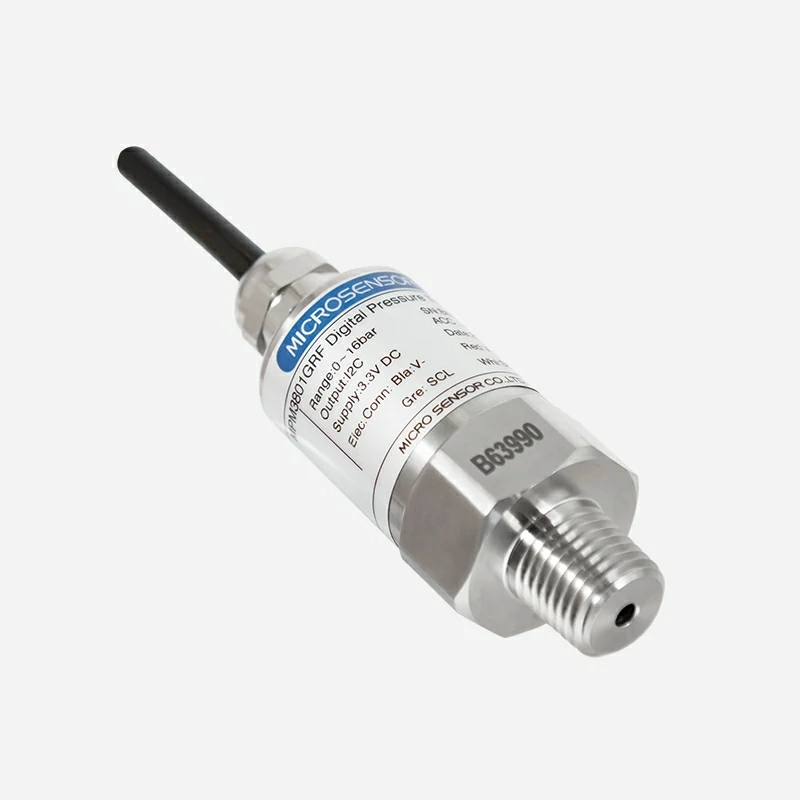
 Copyright © 2025 MICRO SENSOR CO., LTD
Copyright © 2025 MICRO SENSOR CO., LTD